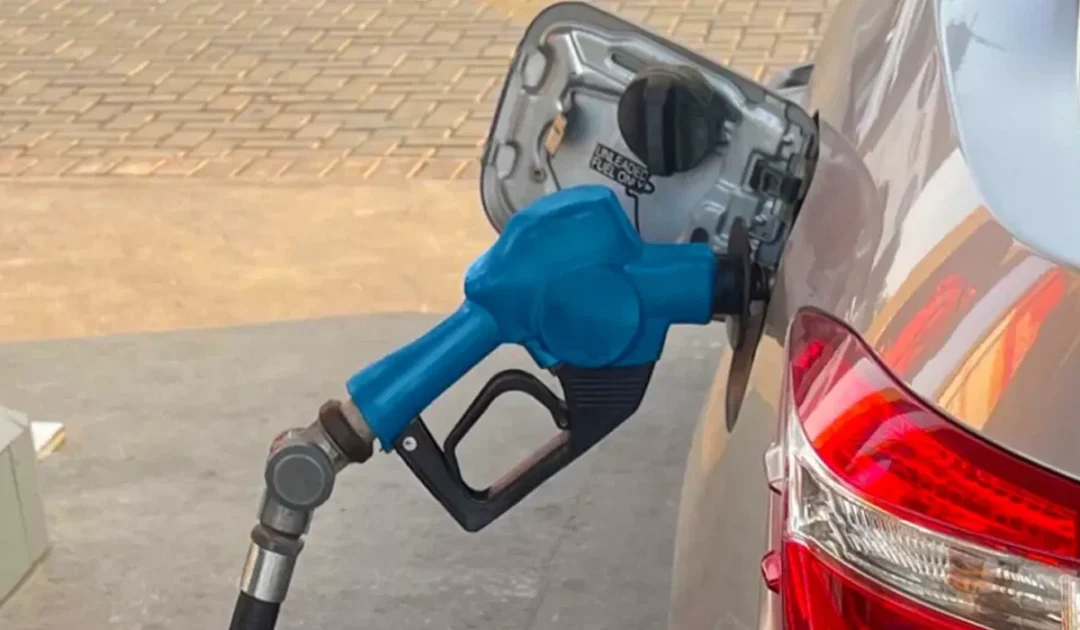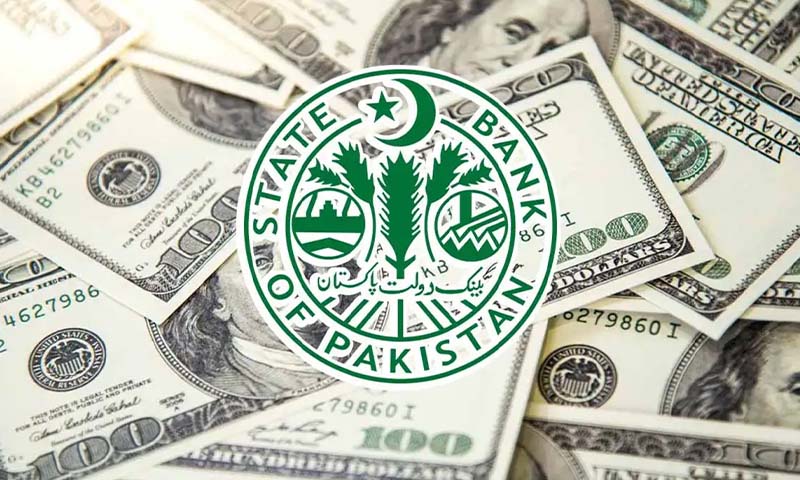- Web Desk
- Today
Pakistan govt falls short of collecting Rs58 trillion in taxes
-

- Web Desk
- Mar 25, 2024

ISLAMABAD: A glaring disparity in tax collection has surfaced within the country, amounting to Rs58 trillion, which constitutes 6.9% of the GDP. Notably, almost Rs10 trillion is attributed solely to petroleum products.
This revelation was brought forth during a presentation to Prime Minister Shehbaz Sharif and senior officials of the Special Investment Facilitation Council (SIFC).
The briefing disclosed that based on data from the financial year 2022-23, the estimated variance between the collected and actual taxes amounted to approximately 6.9% of the GDP, equating to Rs58 trillion.
An annual estimate suggests that the tax gap on petroleum products, due to smuggling, tax evasion, and other sources, stands at about Rs996 billion.
Similarly, discrepancies in the retail sector are estimated at Rs888 billion, Rs562 billion in the transport sector, Rs498 billion for independent power producers (IPPs), Rs355 billion from smuggled goods, Rs342 billion from exports, and Rs148 billion from real estate annually.
In other sectors, the Federal Board of Revenue (FBR) has calculated an annual income gap of Rs16 trillion.
The most significant revenue deficit lies in sales tax, with some projections indicating it could reach as high as Rs29 trillion annually.
Read more: ECC reshuffled: Aurangzeb appointed chairman, Dar removed
The estimated annual shortfall in customs revenue, attributed to under-invoicing and smuggling, stands at approximately Rs600 billion.
Conversely, the International Monetary Fund’s (IMF) report suggests that the policy-level tax gap is relatively moderate, reaching a maximum of 12.9% of the GDP.
The briefing provided to the prime minister and SIFC also analyzed how the variance between collected and actual taxes impacts the country’s overall income and expenditure. It underscored a stark contrast between national revenues and expenses relative to the GDP.
According to the briefing, federal tax revenue remains at 9.1% of the GDP, with federal non-tax revenue at 1.2% of the GDP. Provincial taxes contribute nearly 1% to the GDP. Overall, total income constitutes 11.4% of the GDP.
On the expenditure front, federal expenses account for 12.9% of the GDP, while provincial expenses are close to 6.1%, culminating in total expenses amounting to 19% of the GDP.
There exists a 7.6% disparity between the country’s total income and expenses in terms of GDP.
The briefing was told that addressing the gap between collected and actual taxes by curbing leakage could potentially replenish the national treasury by up to 5.8% of the GDP annually. This financial gap, known as the fiscal deficit, is typically bridged through domestic and foreign loans.
An independent economist said that considering the precarious financial situation, the government is devising plans for the restructuring of the FBR, including the separation of the Federal Policy Board, Tax Policy Office, Joint Valuation, Customs, and Inland Revenue, as well as the reorganization of Pakistan Revenue Automation Limited (PRAL) in collaboration with NADRA.
Other initiatives, he said, include digital invoicing, SWAPS, a trader-friendly retailer scheme, documentary laws, and the establishment of a modern governance structure and oversight board.




